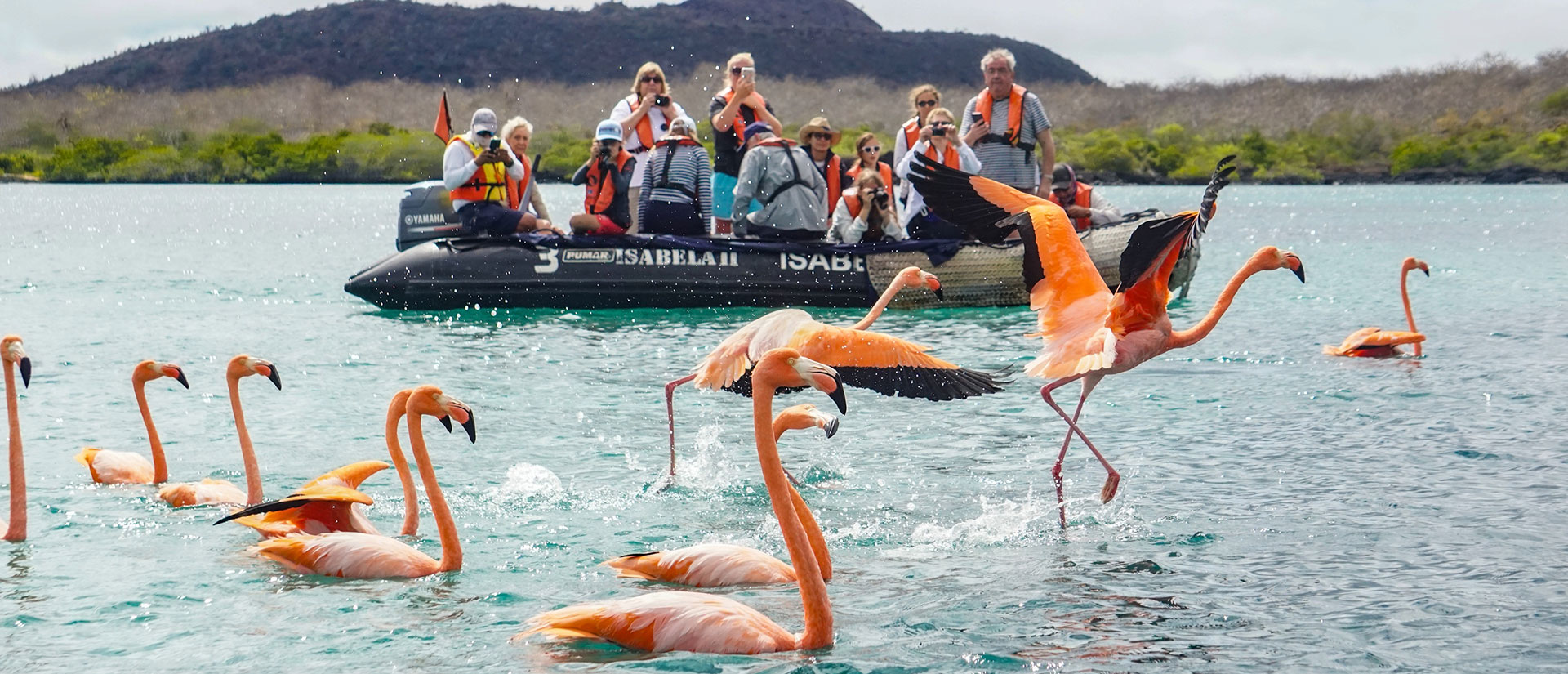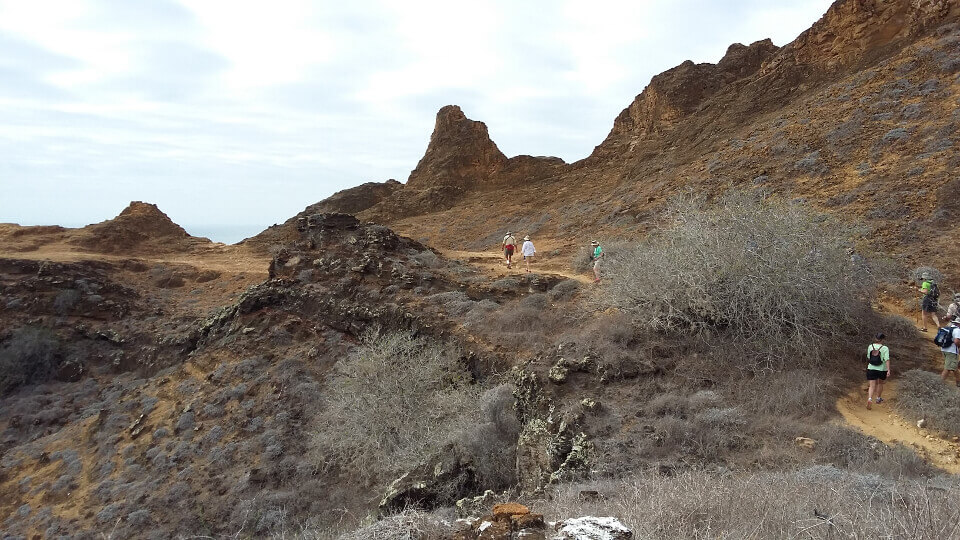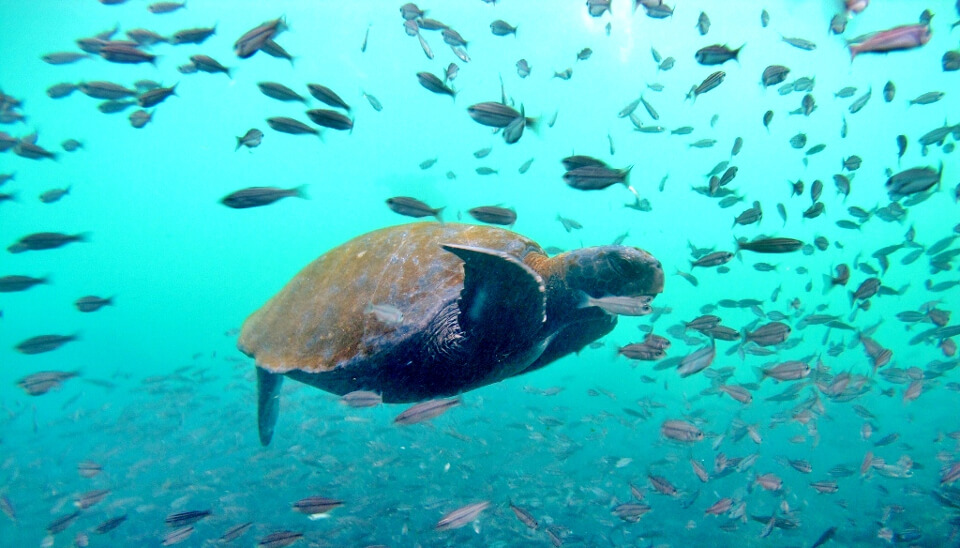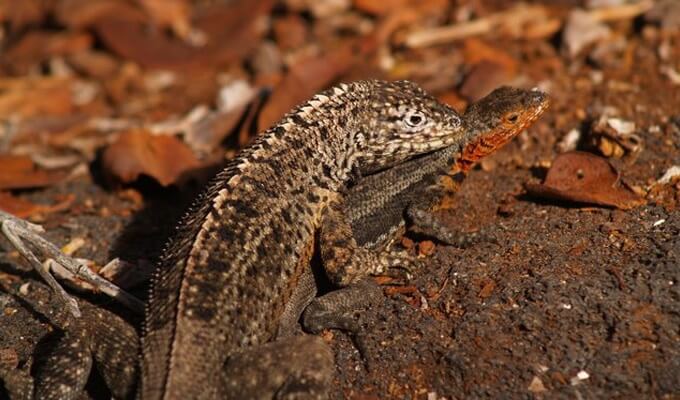
To fully comprehend the meaning of a keystone species, consider your favorite cuisine first. You get it? Now consider your situation if that food item vanished overnight. Would everything in your life implode in a conflagration of hopelessness and letdown? Perhaps. But for no more than a few days. Keystone species are similar to our favorite meal in this example, but when one goes extinct, the ecosystem suffers severe and long-lasting effects.
A live laboratory to study the interactions between keystone species and their environment is the Galapagos Islands. Furthermore, because the Galapagos Islands in Ecuador are not very “species-rich,” their isolation (about 1,000 km from the mainland) is advantageous for researchers examining this specific interaction. This makes the effects of the loss of even a single species on the archipelago more apparent.
Lava lizards are a favorite food of Galapagos hawks. Additionally, they won’t think twice about attempting to catch a few delicious red-footed boobys after they’re well-fed on lava lizards. Examining Genovesa Island, which has only been inhabited by animals that can fly or swim because of its geological features, reveals the intriguing aspect of this feeding triangle. As such, Genovesa Island is home to no terrestrial species. Why does the red-footed booby thrive in this area? That’s not by accident, either, as the preferred lava lizard of the Galapagos hawks is completely missing.
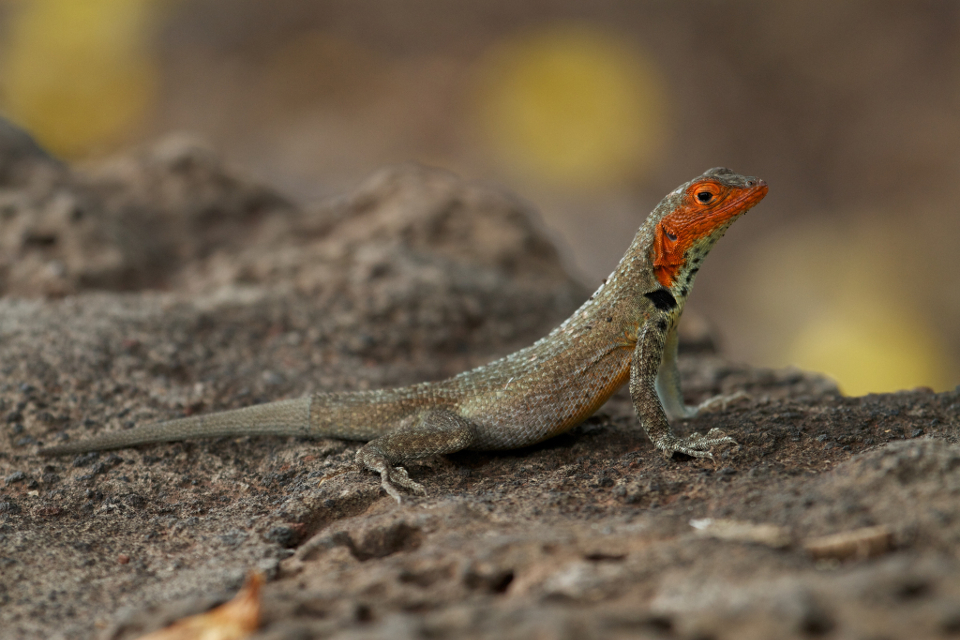
What’s even more intriguing is the red-footed booby’s slow return to the island of San Cristobal following the Islanders’ eradication of the Galapagos hawk. The Galapagos hawk had formerly dominated San Cristobal due to the island’s abundance of lava lizards, but human interference has severely disrupted this keystone species’ natural dynamic.
Giant tortoises of the Galapagos are cartoonishly sluggish and lanky in their movement, so much so that it is unlikely they would have any kind of environmental influence at all at their speed. Still, the fact remains that they do, and that too in the most inert manner imaginable: either by excreting the seeds they chance to consume, trampled over select patches of flora, or devouring massive quantities of plant life on the islands they call home.
The Galapagos Islands’ “landscape engineers” are giant tortoises, who by accident level off parts of land and create new spaces for flora to spread out throughout the islands. It’s possible that a few quickly spreading plants may take over and support a far less diversified environment in their absence.
According to research, the flora of the Galapagos Islands appeared very different 500 years ago than it does today, when there were more species and numbers of tortoises. But then man came along and altered everything. The population of Galapagos tortoises fell from 250,000 in the 16th century to 14,000 by 1970. Due to the tortoises’ role in fertilizing and disturbance of the soil during their migration, their population decline ultimately resulted in the alteration or destruction of the wetlands they once inhabited. Entire ecosystems that were surrounded by tortoises started to disappear as soon as they started to die. It is therefore clear that the plants were dependent on the tortoises—the keystone species—for survival.
Bonus Fact: On the other hand, keystone predators prevent species populations from growing beyond optimal limits, rather than assisting in the maintenance of relatively plentiful levels of the surrounding species. The subtidal food web’s cornerstone predators are triggerfish. These aid in regulating the quantity of pencil urchins, which in turn helps regulate the amount of algae. Because they may indirectly control the pace at which pencil urchins remove algae from the water, triggerfish contribute to the maintenance of a robust and productive marine environment across the Galapagos, leading scientists to feel that they should get particular protection.
See our selection of the best books on the Islands if you’d want to learn more about the history and wildlife of the Galapagos.


